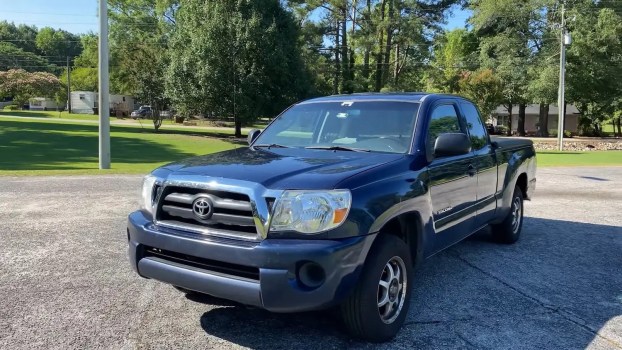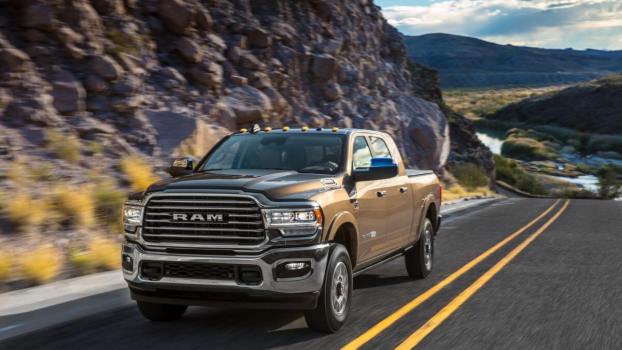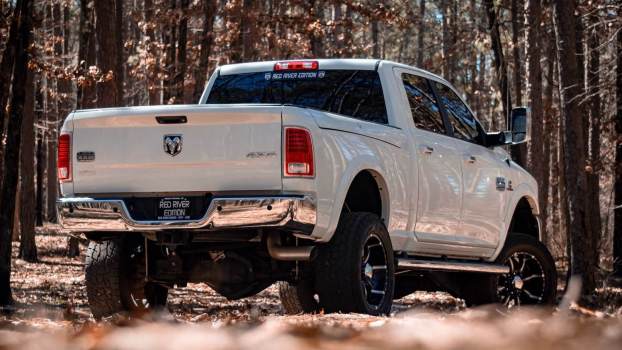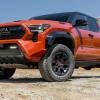
What Is Considered High Mileage for a Used Truck?
Most buyers consider 100,000 miles the “high mileage” cutoff for a used vehicle. But pickup trucks are a bit unique in two ways. Firstly, they are often more “overbuilt” than passenger cars. Secondly, they may have been used for much tougher jobs and are thus more worn out than their mileage would suggest.
First thing’s first: used cars are just lasting longer than they ever have. Improvements in metallurgy and consistent, precise manufacturing are creating vehicles that run for more miles without a critical failure.
I’ll give you one example: the seal between your piston ring and cylinder wall is one of the most critical components of an engine. And because that piston is moving up and down thousands of times every minute, the piston ring that seals it to the wall wears rapidly. A car from the 1950s or 1960s would often need an engine rebuild by 100,000 miles for this reason. But a modern engine is built to tighter tolerances with better materials. They often run 200,000 miles–or longer–while still having good cylinder “compression.”
By 200,000 miles, any vehicle will need extensive brake and suspension work. In addition to oil changes and replacing wear items such as windshield wipers and headlights, things will just break. This could be as simple as the electric motor that moves a window, or it might be the window’s entire seal. Depending on the climate, the vehicle may be struggling with underbody rust or peeling paint. The more miles a vehicle has, the more often you’ll deal with some new problem.
That’s not all. By the end of that 200,000 miles, a modern vehicle’s infotainment system and styling may be considered wildly out of date. I’d say that’s more of a cultural problem, but I digress.
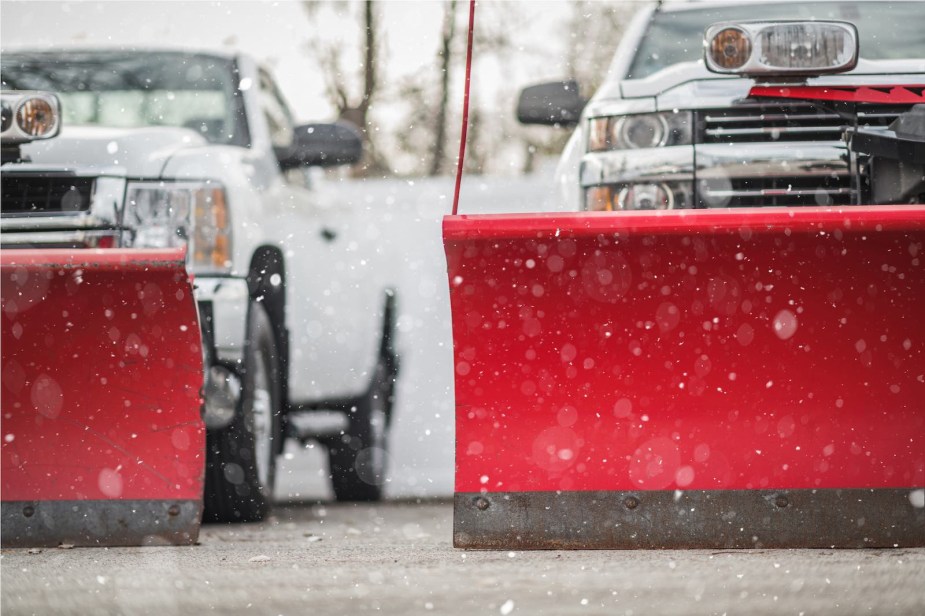
So what about trucks? Many used trucks on the road today have simple, traditional layouts. They may have a naturally aspirated engine that’s been in production for a decade or more. They have a solid rear axle, and often simple leaf springs. This is how cars were built in decades past. And while modern vehicles are lighter and more efficient, added complexity means there are more parts to break.
Automakers often put heavier duty components in trucks, to prepare them to haul and tow heavy loads. The downside is these components are expensive to replace. The upside is that if you can find a truck that’s been someone’s commuter or a light-duty delivery vehicle, these easy “highway miles” won’t have beat it up as badly as they would other vehicles. In the case of a commercial vehicle, the home run is a used truck with service records included so you know it’s been cared for.
Finally, a word of warning: If a pickup truck has spent its entire life towing, hauling, or plowing, it will wear out rapidly. I’ve talked to truck buyers who consider the mileage on the odometer “doubled” if the vehicle has been doing these commercial-grade tasks. By that logic, budget to maintain a 50,000 mile plow truck as if it is already “high mileage.”
Next, read how the first 5th-gen Ram 1500 with 200,000 miles is running, or see the pickup trucks that last the longest in the video below:
